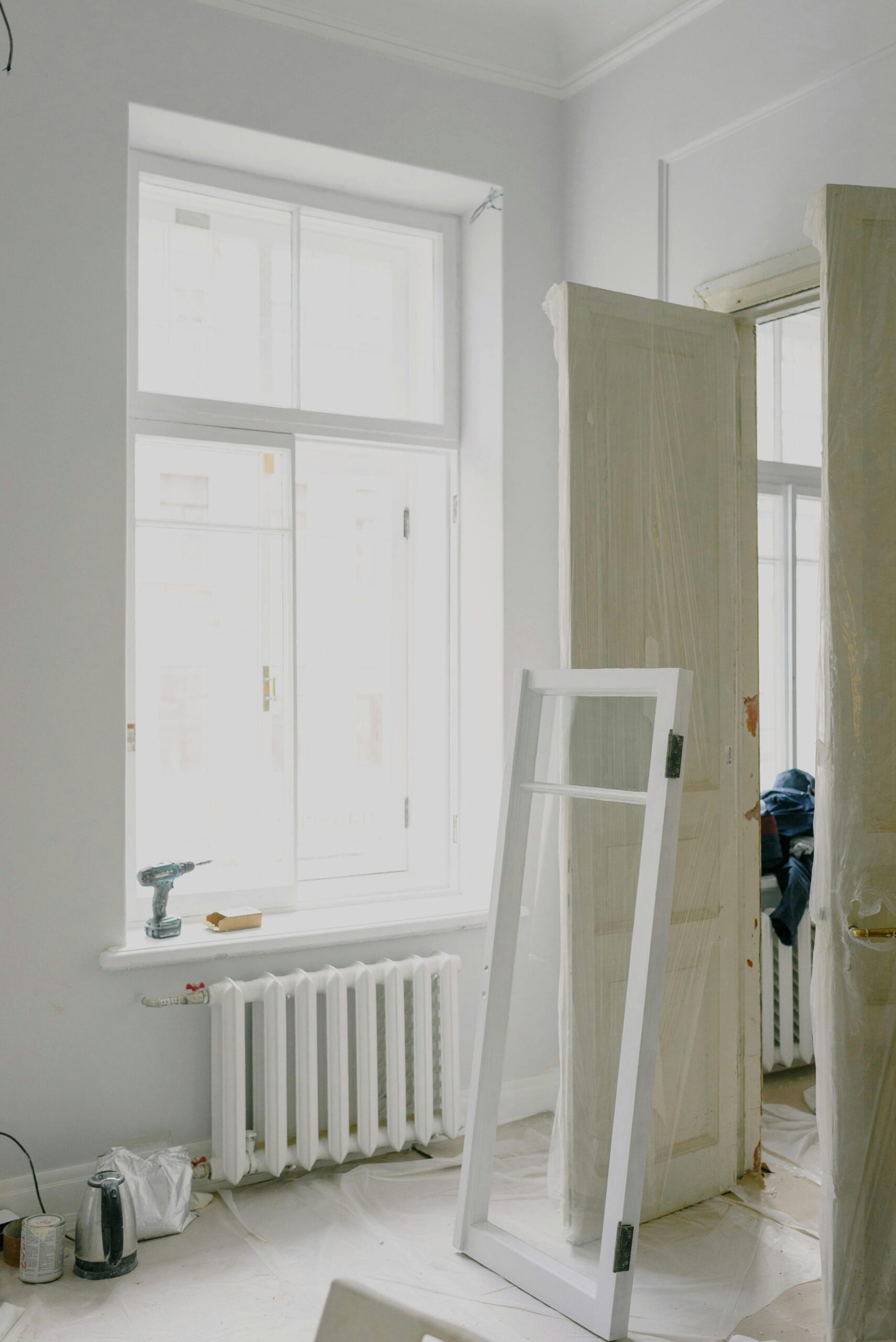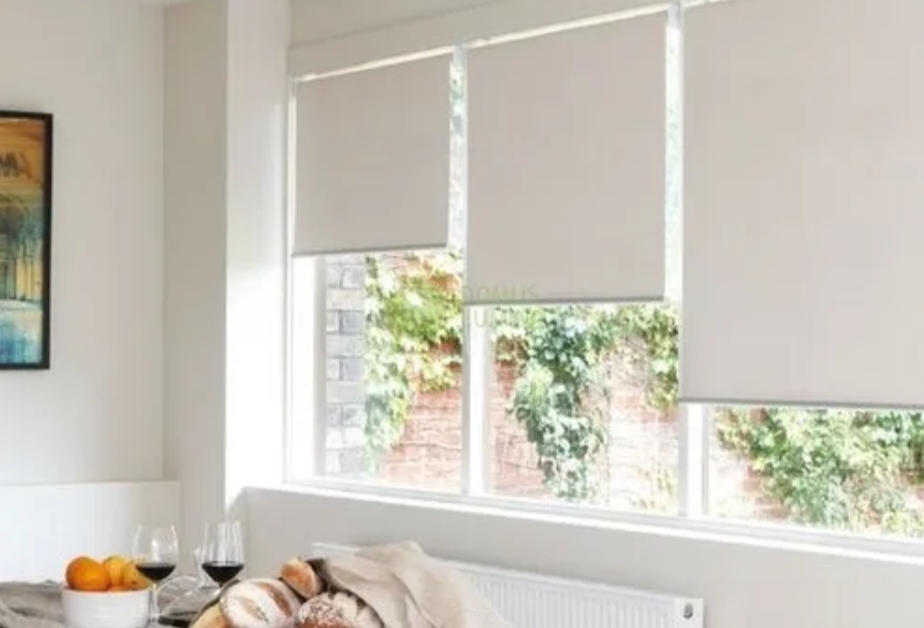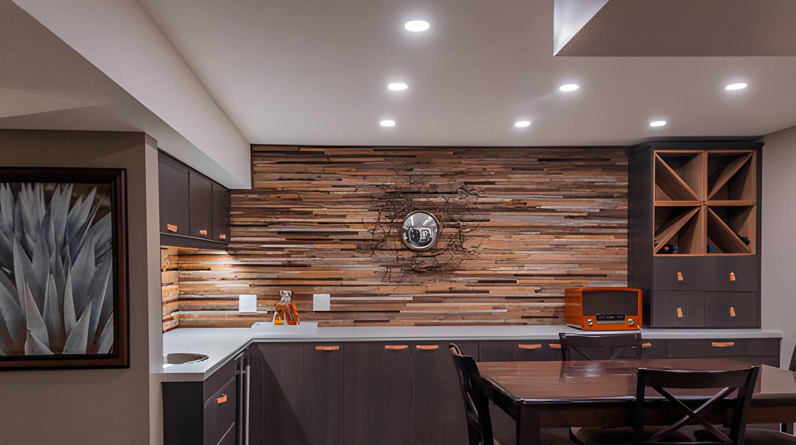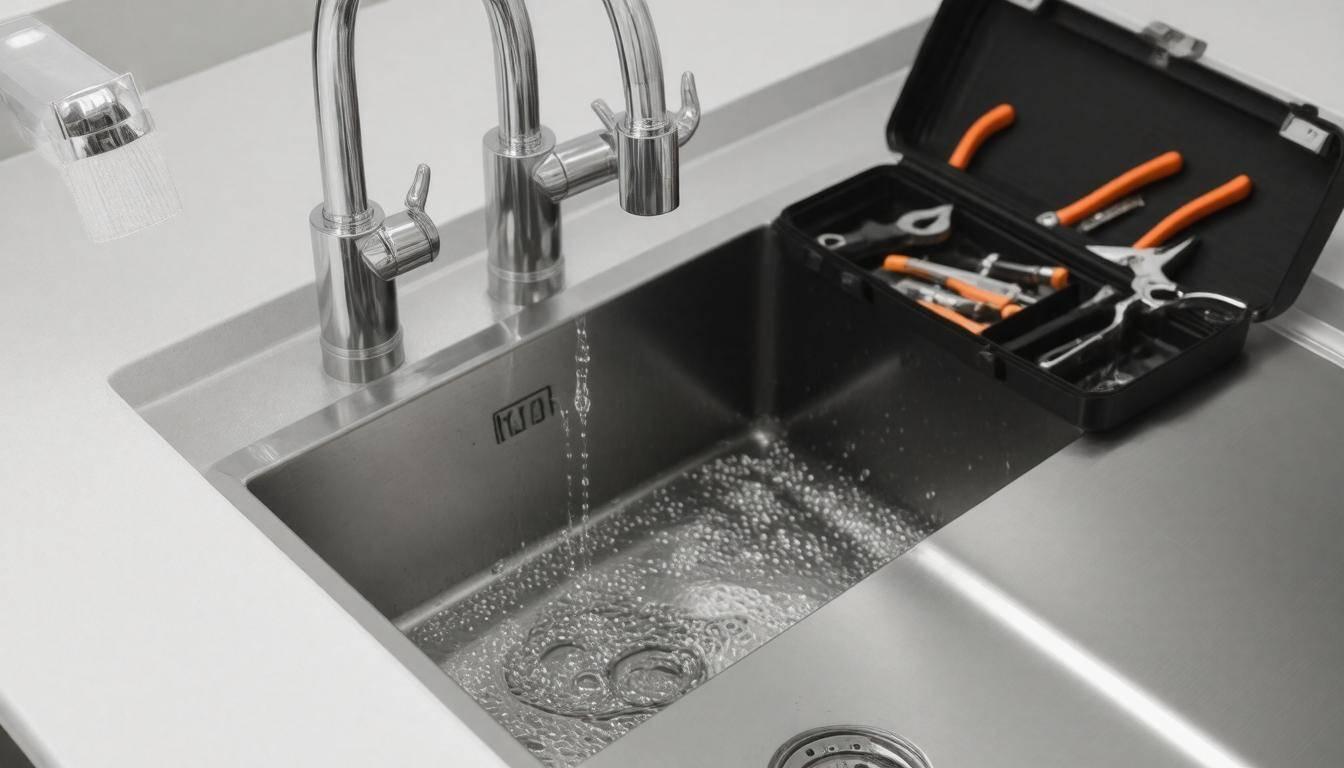Windows are essential in our homes because they let in natural light and provide a glimpse of the outside. Hinges are just as important as the glass and frames for allowing air to flow freely and smoothly, but we tend to overlook them. When homeowners are knowledgeable about the many kinds of window hinges, they may make better selections when it comes time to repair, replace, or maintain their windows. https://www.handymansingapore.net/window-hinges-replacement/ can help you in deciding the most suitable hinges for your windows. In this article, we will explore the five most prevalent varieties of window hinges:
Friction Hinges:
Casement windows nowadays often make use of friction hinges, which are also called friction stays or friction stays hinges. Their primary function is to prevent the window from being opened or closed too far, therefore eliminating the need for extra hardware like bars or locking mechanisms. Due to their low maintenance requirements, long lifespan, and ease of installation, friction hinges are highly regarded. To suit a wide range of window sizes and styles, they are available in a range of weight capabilities and sizes. Visit https://www.handymansingapore.net/services/ to look into the different services provided by them.
Butt Hinges:
One of the earliest kinds of hinges, butt hinges have been around for a long time. Although they are most often thought of in relation to doors, they actually find use in specific window types, especially older wood sash windows. A butt hinge is a combination of two metal plates fastened together by a central pin; it allows the window to rotate as needed for opening and closing. Their sturdy construction and timeless attractive features make them an excellent choice for more conventional architectural types. Still, you should probably keep an eye on them to make sure they don’t rust and run smoothly.
Pivot Hinges:
Large, heavy windows, including those in commercial buildings or current architectural designs, often have pivot hinges, which are also called center-hung hinges or central pivot hinges. In contrast to the conventional side-hung hinges that attach to the window frame, pivot hinges enable the window sash to open and close around a central axis and are located at the top and bottom of the sash. Less stress on the frame and hardware is a result of the window’s weight being distributed more evenly by this design.
Sash Hinges:
When it comes to double-hung windows, which have two sashes that slide vertically, sash hinges are the way to go. The meeting rail is where the two sashes meet, and that’s where the hinges are installed. In addition to supporting and stabilizing the window when it is open, sash hinges enable the bottom sash to tilt inward for effortless cleaning and maintenance. To suit a variety of window types and installation preferences, they are available in a range of configurations, including side-mounted and under-mounted forms.
Casement Hinges:
Casement windows, which open outward like doors and are hinged on the side, require special hinges. To make opening and closing the window a breeze, these hinges are usually positioned on the surface of the window frame and sash. Casement hinges can be equipped with a range of mechanisms to make them easy to operate and lock securely. To meet a wide range of practical and decorative needs, they are available in a variety of materials.
There are many different kinds of window hinges, each made to cater to a different set of requirements and tastes. For trouble-free operation, adequate ventilation, and long-term durability, it is crucial to select the correct hinges for your windows, whether they are contemporary aluminium casement windows or classic wooden sash windows. Homeowners, architects, and builders can all benefit from a better grasp of the five most popular kinds of window hinges when they shop for hardware, increasing the likelihood of a window’s longevity, functionality, and aesthetic appeal.



